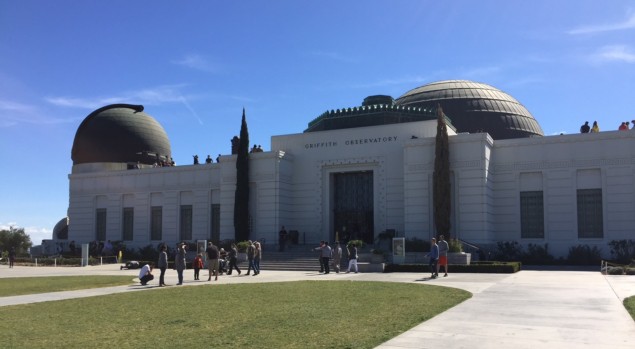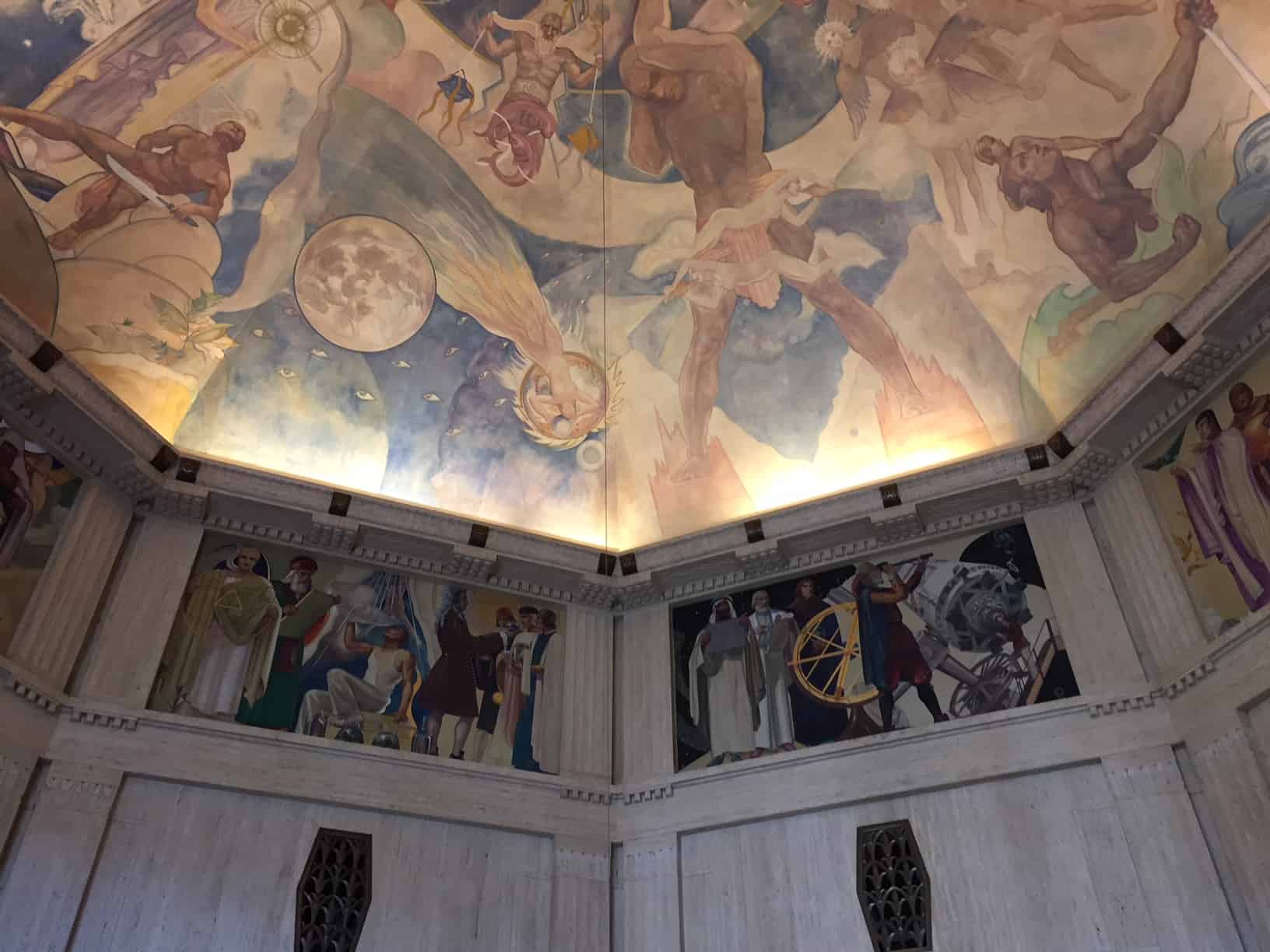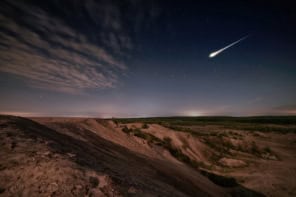
Sarah Tesh and Susan Curtis are reporting from the APS March Meeting in Los Angeles, California
While the stars of stage and screen were preparing themselves for the Oscars on Sunday, Sarah and I visited an iconic location that has taken a starring role in such films as La La Land and Rebel Without A Cause. Set on a hill a few miles from downtown Los Angeles, the Griffith Observatory has been open to the public since 1935, offering visitors a close-up view of both the stars in the night sky and the very special one at the centre of our solar system.
As we found out, the observatory is a popular destination for Angelinos on sunny Sunday afternoon. It offers majestic views of the city below, the ocean in the distance, and even the famous “Hollywood” sign – which is situated on another hill in the surrounding Griffith Park. But the main attraction is the observatory itself, complete with a state-of-the-art planetarium, a telescope that opens for public viewings, and a ceolostat that allows visitors to see a filtered image of the Sun.
The idea for a public observatory emanated from the imaginatively named Griffith J Griffith, a Welshman who had moved to California to make his fortune from silver mining. Griffith was inspired by the emerging field of astronomy, and in particular the breakthrough discoveries that had been made by Edwin Hubble and other pioneers at the Mount Wilson Observatory, located in the mountains to the north-east of Los Angeles. He made a bequest in his will to the city, specifying that it should be used for the construction of an observatory that would allow ordinary people to see the wonders of the solar system for themselves.
Today, the observatory houses innovative exhibits that explain how the Sun, Earth and Moon interact to create phenomenon such as the seasons, the tides, and solar and lunar eclipses. There are plenty of buttons to press, eyepieces to look through, and well-conceived demonstrations of more complex concepts such as adaptive optics and solar spectroscopy.
One of my favourite spaces was the central rotunda, which is decorated with murals representing some of key ideas in astronomy and featuring a huge Foucault pendulum that demonstrates to visitors that the Earth is rotating beneath them. But the observatory provides plenty of other opportunities for the visiting public to see how telescopes are used by astronomers to reveal the secrets of the cosmos, and in particular to study the most important star to everyone here on planet Earth.




